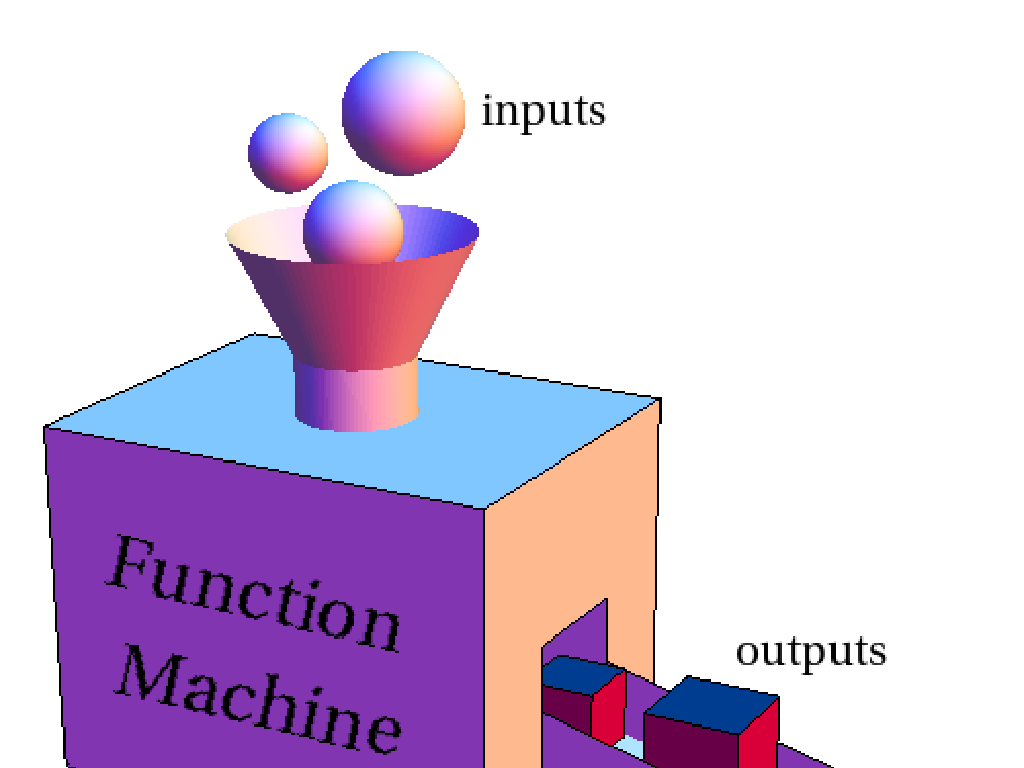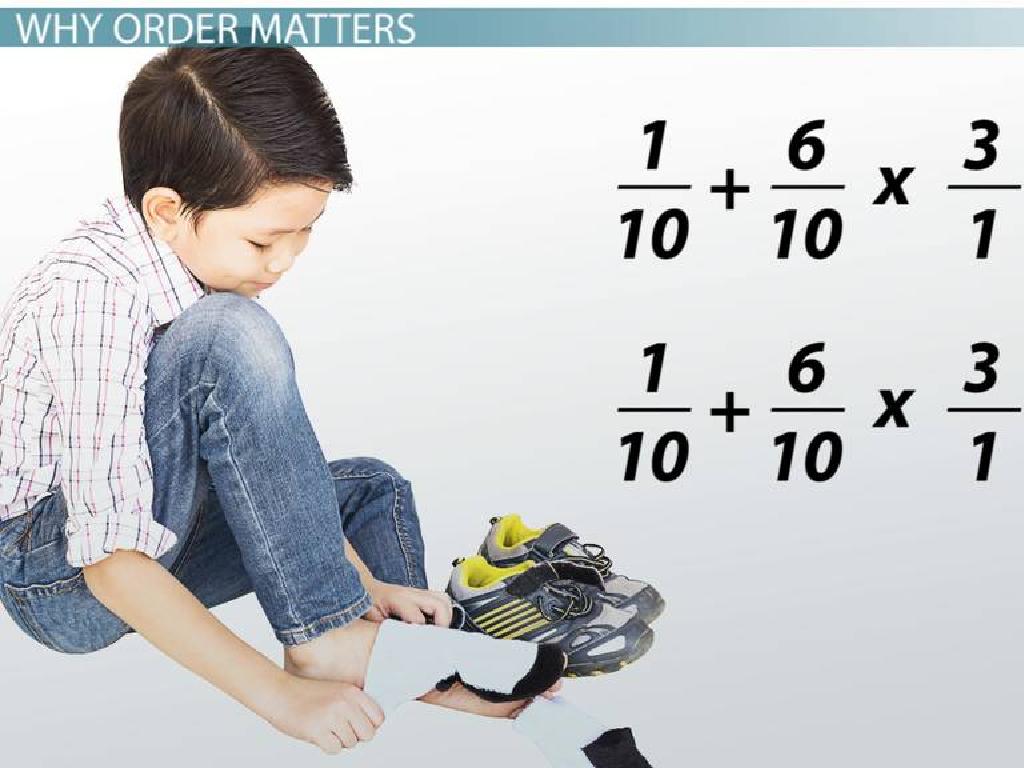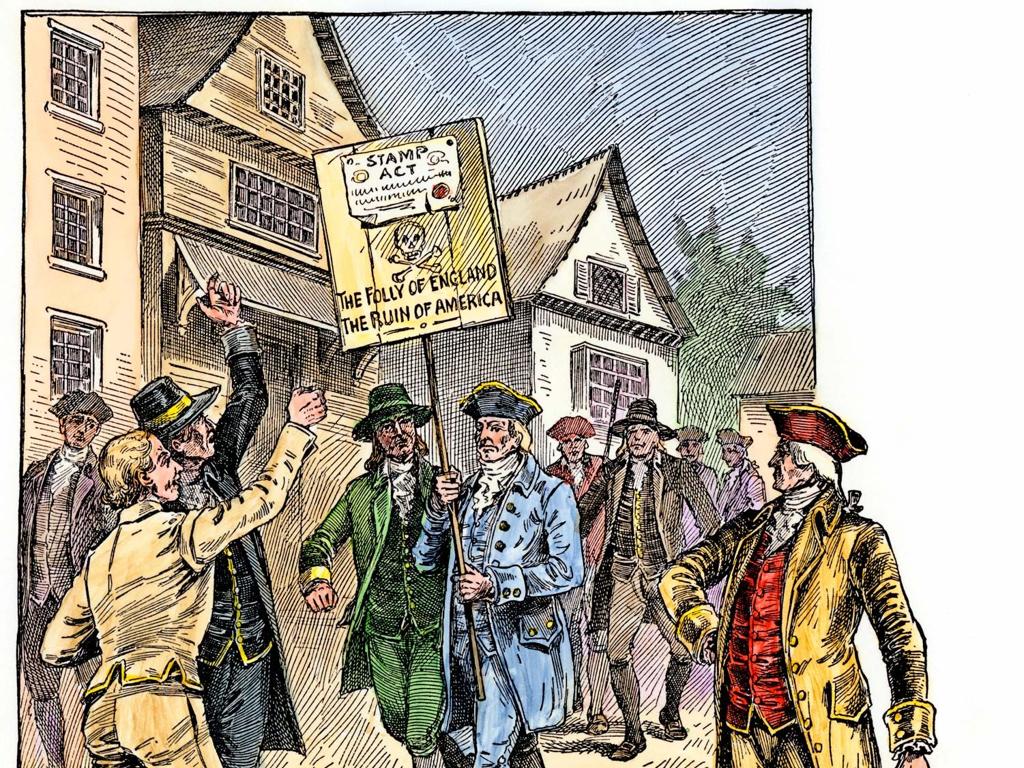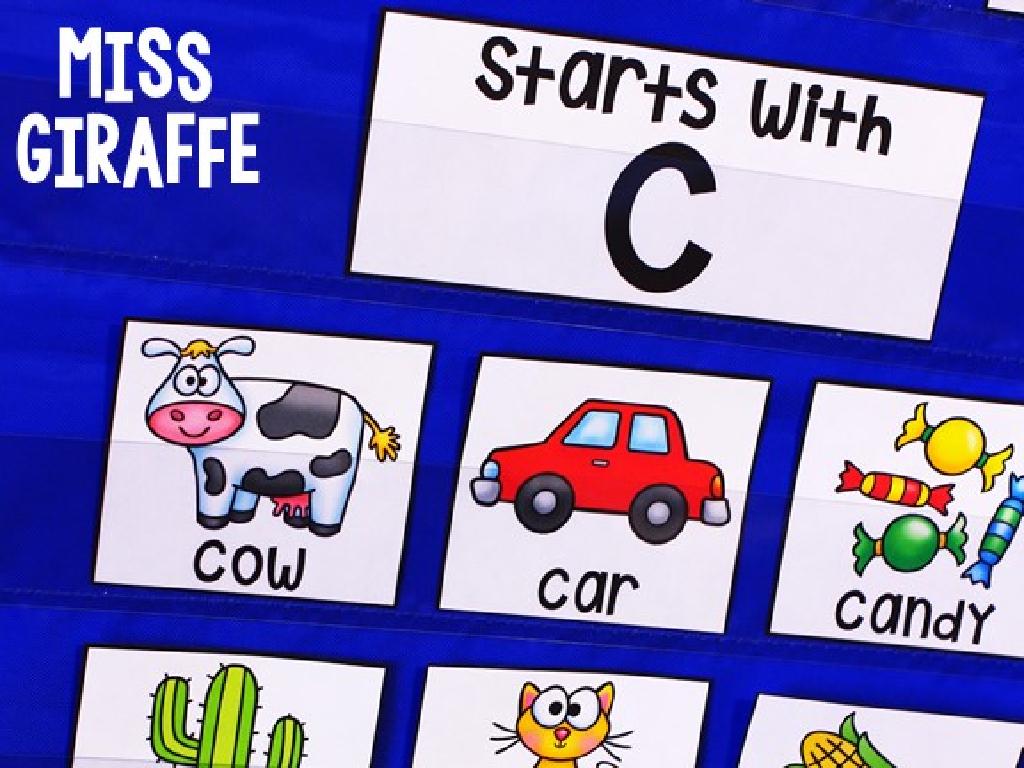Write An Equation From Words
Subject: Math
Grade: Eighth grade
Topic: One-Variable Equations
Please LOG IN to download the presentation. Access is available to registered users only.
View More Content
Introduction to One-Variable Equations
– Understanding one-variable equations
– An equation with one variable represents a balance of two expressions.
– Equations as balance scales
– Each side of the equation must have equal value, like a scale in equilibrium.
– Real-life equation examples
– Budgeting allowance or measuring ingredients.
– Solving for the unknown
– Isolate the variable to find its value.
|
Begin the lesson by explaining that a one-variable equation is a mathematical statement that two things are equal, and it contains an unknown quantity we solve for. Draw an analogy to a balance scale to help students visualize the concept of maintaining equality. Provide real-life scenarios where equations are applicable, such as managing a budget or cooking, to illustrate their practical use. Teach students the basic steps to isolate the variable and solve the equation. Encourage them to think of other daily situations where they might apply this knowledge.
Translating Words into Symbols
– Key terms and math symbols
– Terms like ‘sum’ mean ‘+’, ‘difference’ means ‘-‘
– Understanding the equals sign
– The equals sign ‘=’ shows balance between two sides
– Practice with simple phrases
– Turn ‘the sum of 5 and a number’ into ‘5 + x’
– Building equations from words
– Use key terms to write equations for word problems
|
This slide is aimed at helping students grasp the concept of translating verbal phrases into mathematical expressions and equations. Start by identifying common terms used in word problems and their corresponding mathematical symbols. Emphasize the importance of the equals sign as a symbol representing balance and equivalence in an equation. Engage students with examples, turning simple phrases into math expressions, such as translating ‘the total of a number and four’ into ‘x + 4’. Encourage students to practice this skill with various phrases and to understand how this forms the basis for writing equations from word problems. Provide additional examples and practice problems for students to work on as homework.
Writing Equations from Words
– Break down word problems
– Dissect the problem into manageable parts
– Identify variables/constants
– Variables represent unknowns, constants are fixed numbers
– Example: Equation from words
– ‘Five more than twice a number is 15’ translates to 2x + 5 = 15
– Practice with different problems
|
This slide introduces the process of writing equations from word problems, a key skill in algebra. Start by breaking down the problem into smaller, understandable parts. Next, identify the variables (unknown quantities) and constants (fixed values). Use an example to illustrate how to translate words into a mathematical equation, such as turning the phrase ‘five more than twice a number is 15’ into the equation 2x + 5 = 15. Encourage students to practice this skill with a variety of problems, reinforcing the concept that words can be converted into mathematical language.
Solving One-Variable Equations
– Steps to solve one-variable equations
– Isolate the variable, balance the equation, simplify the steps
– How to check your solutions
– Substitute the solution back into the original equation to verify
– Class Practice: Equation solving
– Solve the given equation as a class activity
– Review and check the previous example
– Revisit the previous example, solve together, and check
|
This slide is aimed at guiding students through the process of solving one-variable equations and the importance of checking their solutions. Start by explaining the steps to isolate the variable and balance the equation, emphasizing the need to perform the same operation on both sides. Then, demonstrate how to check the solution by substitizing it back into the original equation. For the class practice, present an equation from the previous lesson and solve it as a class, ensuring to check the solution. This reinforces the learning and provides a practical understanding of the concept. Encourage students to ask questions and discuss any difficulties they encounter during the process.
Complex Word Problems: Mastering One-Variable Equations
– Approach complex problems step-by-step
– Break down the problem into smaller, manageable parts
– Write equations with multiple operations
– Combine addition, subtraction, multiplication, or division
– Group Activity: Tackle word problems
– Work together to formulate equations from the problem text
– Solve equations and verify solutions
– Find the variable’s value and check if the equation is true
|
This slide is aimed at helping students handle more challenging word problems by breaking them down into steps and writing equations that involve several operations. Start by explaining strategies for dissecting complex problems, such as identifying key information and determining what is being asked. Then, guide students through the process of translating these problems into mathematical equations with more than one operation. The group activity will encourage collaborative learning, as students work in teams to write and solve equations derived from given complex word problems. Provide detailed guidelines for the teacher to facilitate the activity, including examples of word problems and solutions. Offer different problem scenarios for each group to ensure a variety of challenges. Encourage students to explain their reasoning and solution process to the class.
Equation Creation Challenge
– Form groups and create word problems
– Write an equation based on your problem
– Translate the story problem into a mathematical equation
– Swap problems with another group
– Solve the exchanged problems
– Apply problem-solving skills to find solutions
|
This class activity is designed to foster collaboration and apply knowledge of writing equations from word problems. Divide the class into small groups and instruct each group to come up with a unique word problem that can be translated into a one-variable equation. Once the groups have written their equations, they will exchange their problems with another group and work on solving the new problem they receive. This exercise will help students understand the process of forming equations from real-life scenarios and enhance their problem-solving abilities. Possible activities could include creating word problems based on personal interests, current events, or hypothetical situations. Encourage creativity and ensure each group understands the importance of clear and solvable problems.
Review and Reflection: Writing Equations from Words
– Recap today’s key points
– Discuss equation writing insights
– How to translate word problems into mathematical equations
– Engage in a Q&A session
– Encourage students to ask questions for better understanding
– Address any uncertainties
– Teachers can clarify doubts, ensuring comprehension
|
This slide aims to consolidate the knowledge gained in today’s lesson on writing equations from words. Begin with a brief review of the key points covered, such as identifying variables, understanding operations, and the structure of an equation. Open the floor for a discussion to reflect on what the students have learned, emphasizing the process of translating verbal descriptions into mathematical language. The Q&A session is crucial for addressing any lingering doubts and reinforcing the lesson’s objectives. Encourage active participation and remind students that questions are an essential part of the learning process. The teacher should be prepared with additional examples if needed to clarify complex points.






